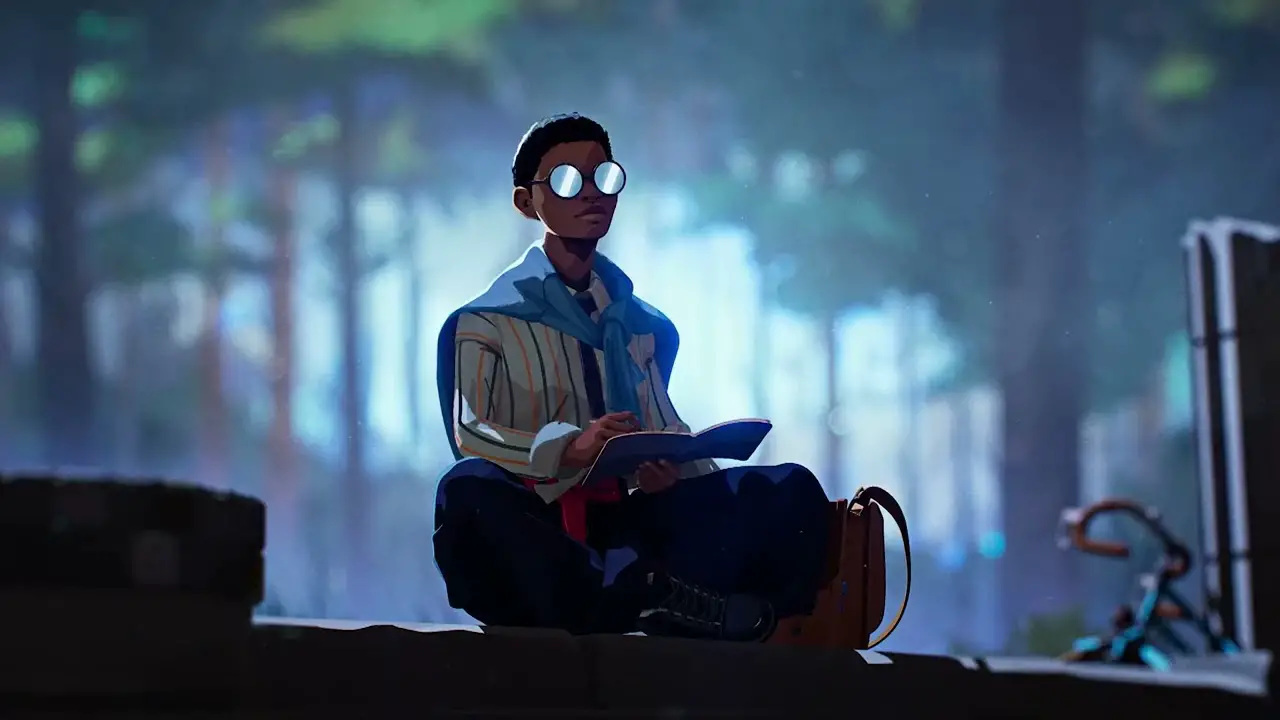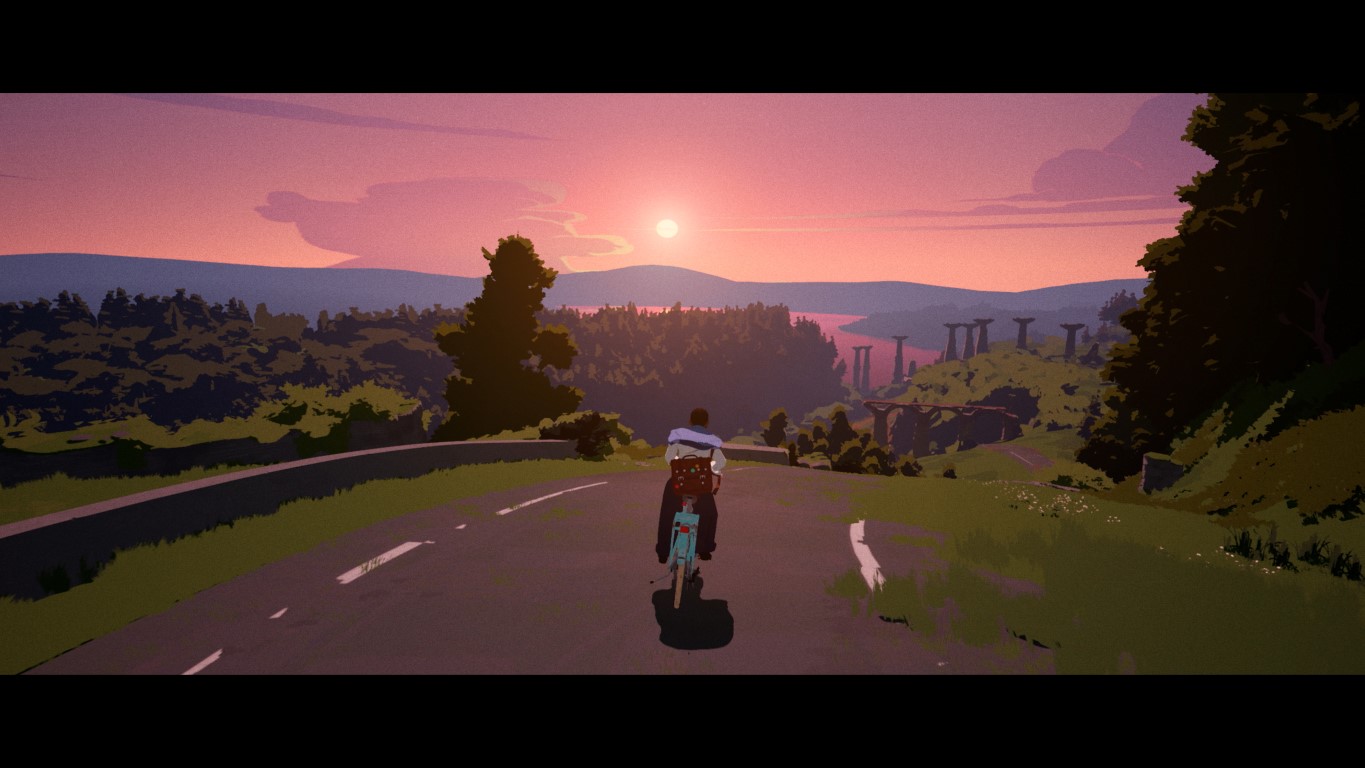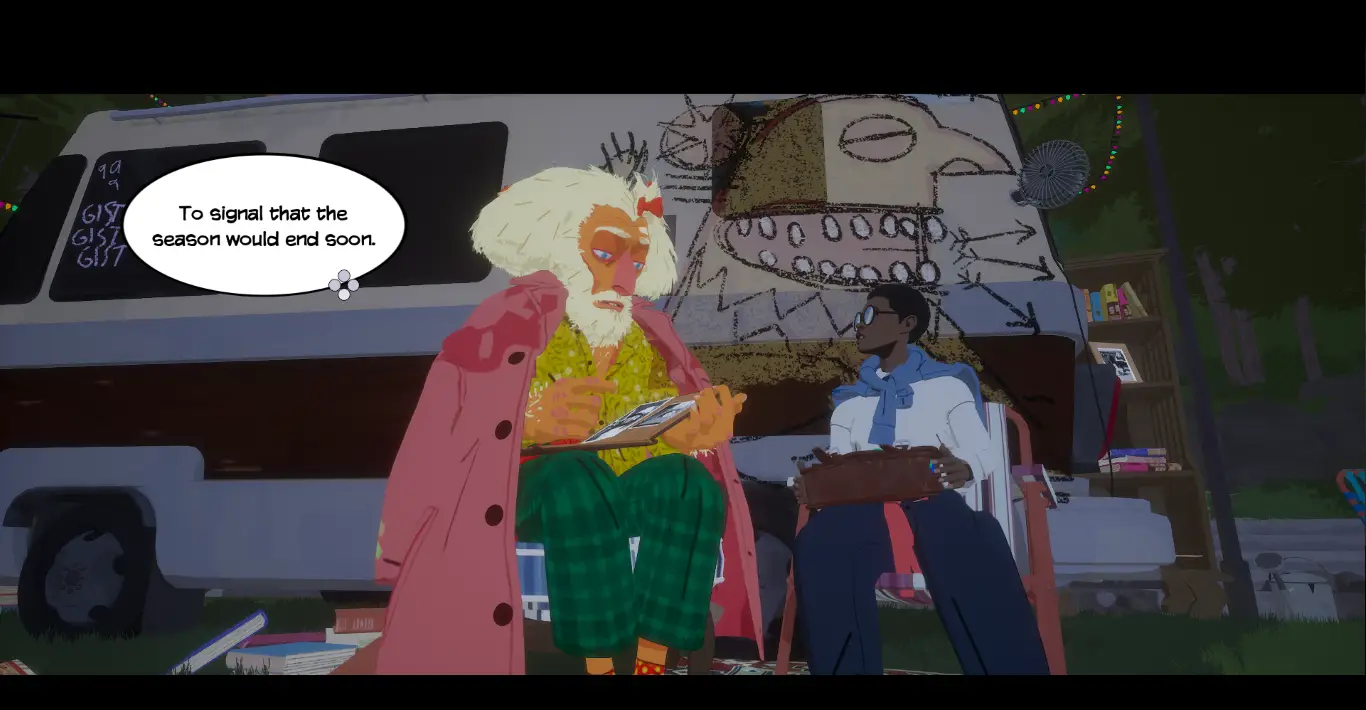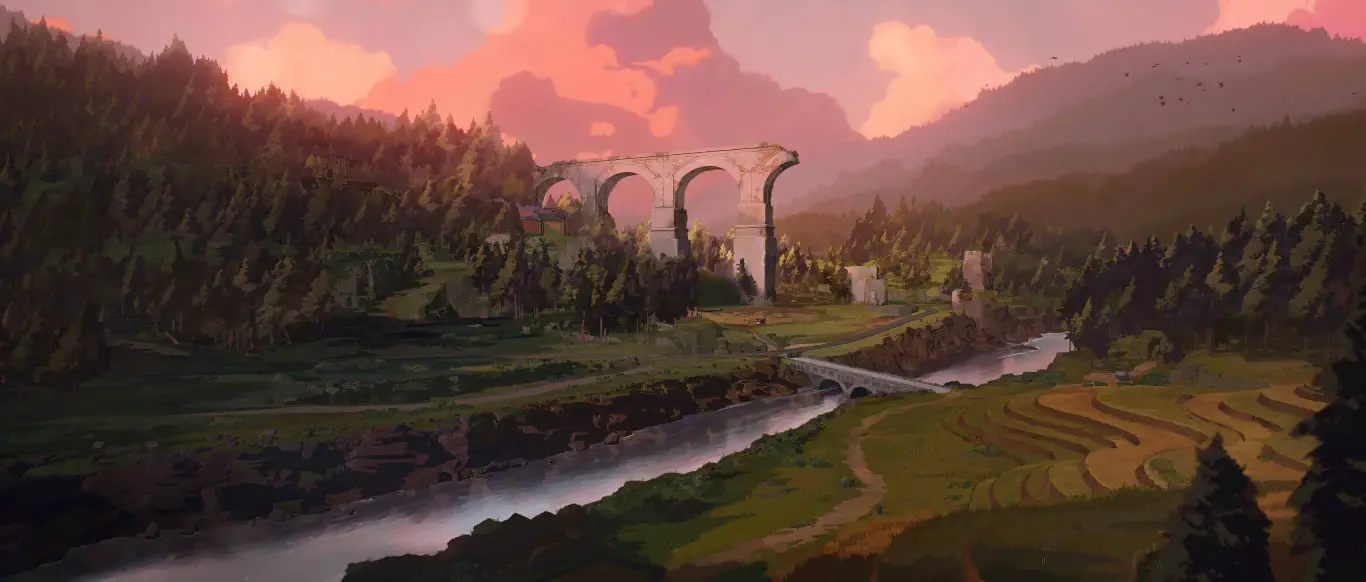
Season: A Letter to the Future is developer Scavenger Studio’s upcoming indie adventure game that follows an unnamed young woman from a secluded village. After recently losing her father, she decides to venture to the outside world for the first time ever. Before heading out, however, she performs a peculiar ritual with her mother in order to create a pendant for protection by sacrificing her memories. Upon completing the ritual, the woman heads out to discover new things, meet new people, learn about the history of the world, and collect memories before the coming of a seemingly cataclysmic event known as the next “Season.”
As a narrative-driven title, Season is chock full of story details, dialogue, lore, and much more, most of which are excellently executed. The game begins by letting players know the whole event is actually a retelling of the woman’s journey and experiences from the past via her journal, which is now in the hands of a reader in the future. On their journey to record the “Season,” players will meet several interesting characters who all have their own stories to tell and painful memories to relive and come to terms with. They’ll also learn several lore details about the game’s world, such as a highly impactful war, illnesses that affect the memory, and even fantastical elements like several gods that were once worshiped and memory-holding crystals.
The story puts a heavy emphasis on memories and the changing of Seasons. The former is explored by interacting with the aforementioned crystals, which hold memories of several people now gone. By talking to the people you meet and learning about their own past, you affect and unlock the memories and experiences of the main character. On the other hand, the changing of the Season is a lot more vague. Without spoiling too much, it essentially means the end of one area or period and the beginning of another. We learn that there have been many past Seasons,.but unlike traditional seasons, the changing of Seasons in the game affects people in several ways, particularly their memories. That is why some characters tend to cling to the current Season.
Season’s narrative is perhaps the best aspect of the game. The simple goal of recording the Season, preserving memories, and learning new things is an excellent motivator for players to explore every well-crafted element the game has to offer.

When not immersing themselves in the game’s story, players will also keep busy with the game’s few gameplay elements that help in their quest to preserve memories. These elements include a polaroid camera with tons of filters and adjustments. Players use it to take pictures of every notable thing around them, gather clues, show characters pictures to unlock additional dialogue, and add entries to their journal. Players will also traverse from place to place with their reliable bicycle. The bike controls well and is highly convenient, as it can be easily returned to the player when separated from them with the push of a button.
However, I also quickly learned that this traversal method has its good and bad sides. While the game’s lack of markers and listed objectives allow players to fully take in and explore their surroundings, moving from one point of interest to another is sometimes frustrating, especially if you aren’t paying attention. Players constantly need to get down from their bike while traveling to check the in-game map on their journal, which also isn’t much help as it lacks any markers or indicator of where you are. Players will often have to rely on the several map stands littered around the area to know where you are and how to get to your destination.
Aside from that, the game also has some inconsistencies that, while not entirely negative, can be a bit jarring. The first is the odd lack of lip-syncing despite all characters being fully voiced. When talking to several characters, you’ll notice they don’t move their mouths at all, which I found a bit weird, but not too distracting. Additionally, while the main character has very vocal thoughts, especially when interacting with objects, you’ll never actually hear her speak to characters during dialogue, which, again, is a bit odd. I can only guess that this is a result of budget limitations. Lastly, while not too intrusive, I also encountered slight frame rate dips here and there, but nothing significant or annoying.
All that said, Season: A Letter to the Future is still a beautiful game that provides a highly immersive gameplay experience, impeccable visuals via its well-crafted character models and smooth animations, and a picturesque art direction. It also sports a highly calming aesthetic that’s backed up by an equally calming soundtrack. To top it all off, it has an incredible voice cast. It’s a game that’s hard to boil down into one genre as it has several walking simulator and narrative adventure game elements, making for an interesting experience, albeit one that’s hard to recommend to anyone but indie game lovers searching for a unique experience.
SEASON: A Letter to the Future
Great
Despite some odd gameplay choices, Season: A letter to the future provides a unique narrative, highly immersive gameplay experience, and impeccable visuals, making it an easy recommendation for indie game lovers.
Pros
- A unique, interesting narrative
- Great visuals and character designs
- Great voice acting
Cons
- Tedious traversal method
- Some frame rate dips


